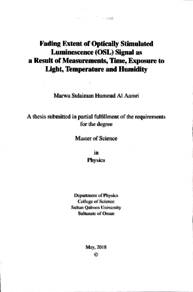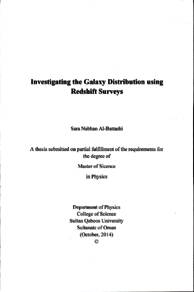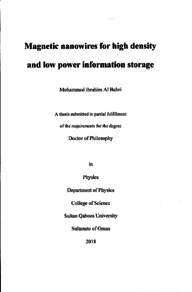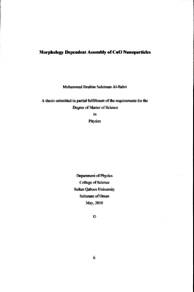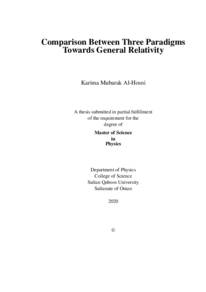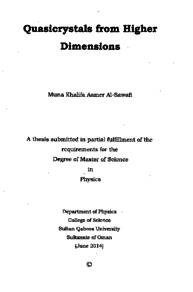Document
Fading extent of optically stimulated luminescence (OSL) signal as a result of measurements, time, exposure to light, temperature and humidity.
Publisher
Sultan Qaboos University
Gregorian
2018
Language
English
English abstract
Optically Stimulated Luminescence (OSL), which is based on a similar principal as Thermoluminescence Dosimeter (TLD), has emerged as a suitable technique for passive dosimetry. The newly obtained microStar OSL reader at the Physics Department has been commissioned as part of this project, including calibration and quality control; and an operational manual produced. A comparative study of the response to radiation, precision, accuracy, linearity and detection limit of OSL and TLD were performed. The OSL system was found more accurate and sensitive to radiation than the TLD system. The lower detectable dose by OSL and TLD systems were 10 uSy and 26 uSy respectively. Both systems were linear with respect to exposure period by 15'Cs source in the dose range from 0 mSv to 16.65 mSv for OSL and dose range between 0 mSv and 7 mSv for TLD. In order to avoid high uncertainty of the dose values, the detailed study on the fading of the OSL signal due to measurement, time, light exposure, temperature and humidity was performed. The fading per readout were (0.400 +0.002)%, (1.700 + 0.002)% and (2.800 + 0.006)% for respective doses of (1.89 + 0,07) mSv. (5.5 + 0.2) mSv and (9.1 + 0.3) mSv. The fading of the OSL signal within 144 days was between (6.79 +0.01) and (17.34 + 0.04)% for the same doses. The maximum fading of the OSL signal due to ambient light, fluorescent and sunlight after 202 hours were (15.38 + 0.05)%, (18.40 + 0.04)% and (13.9 + 0.2)%, which shows no correlation between fading and the intensity of light. However, there was no significant reduction of OSL data due to temperature up to 50 °C and humidity up to 83%. In addition, the OSL system was used to measure the annual dose for monitored radiation workers at the Royal Hospital, Oman and found to be below the permissible limit for whole body stated by International Commission of Radiological Protection (ICRP) which is 20 mSv.
Member of
Resource URL
Category
Theses and Dissertations

